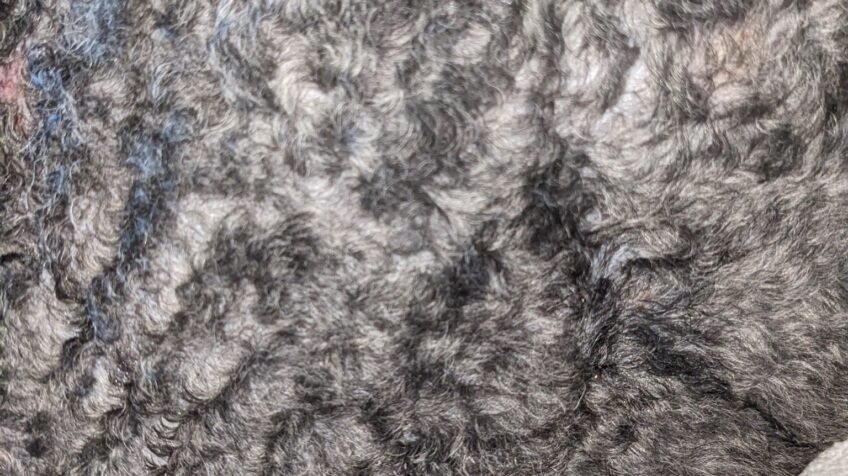

Boarding Marietta & Canton For Special Needs Pets.





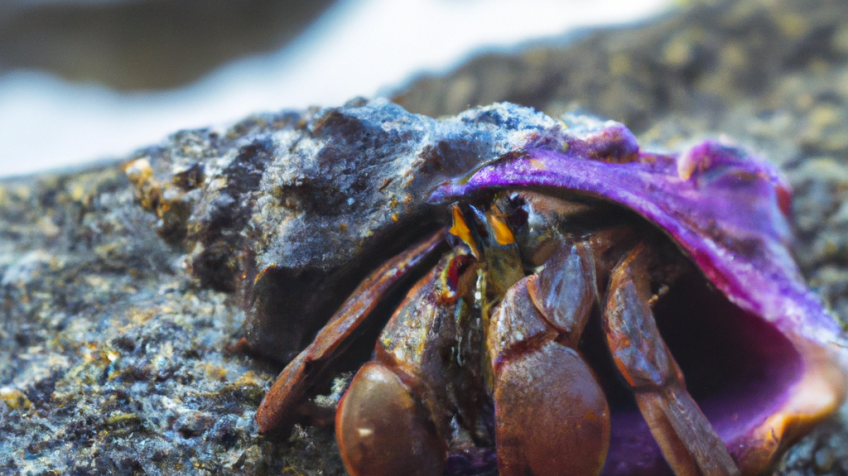
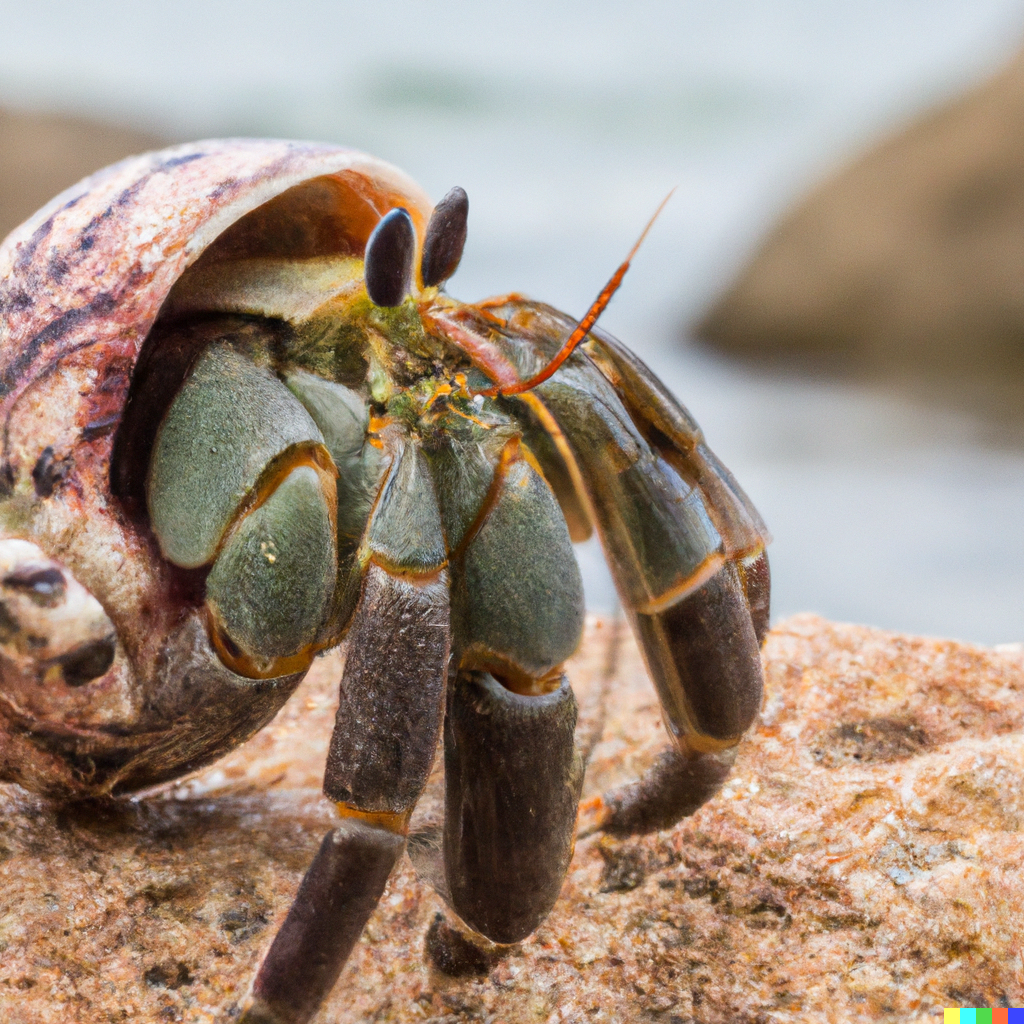
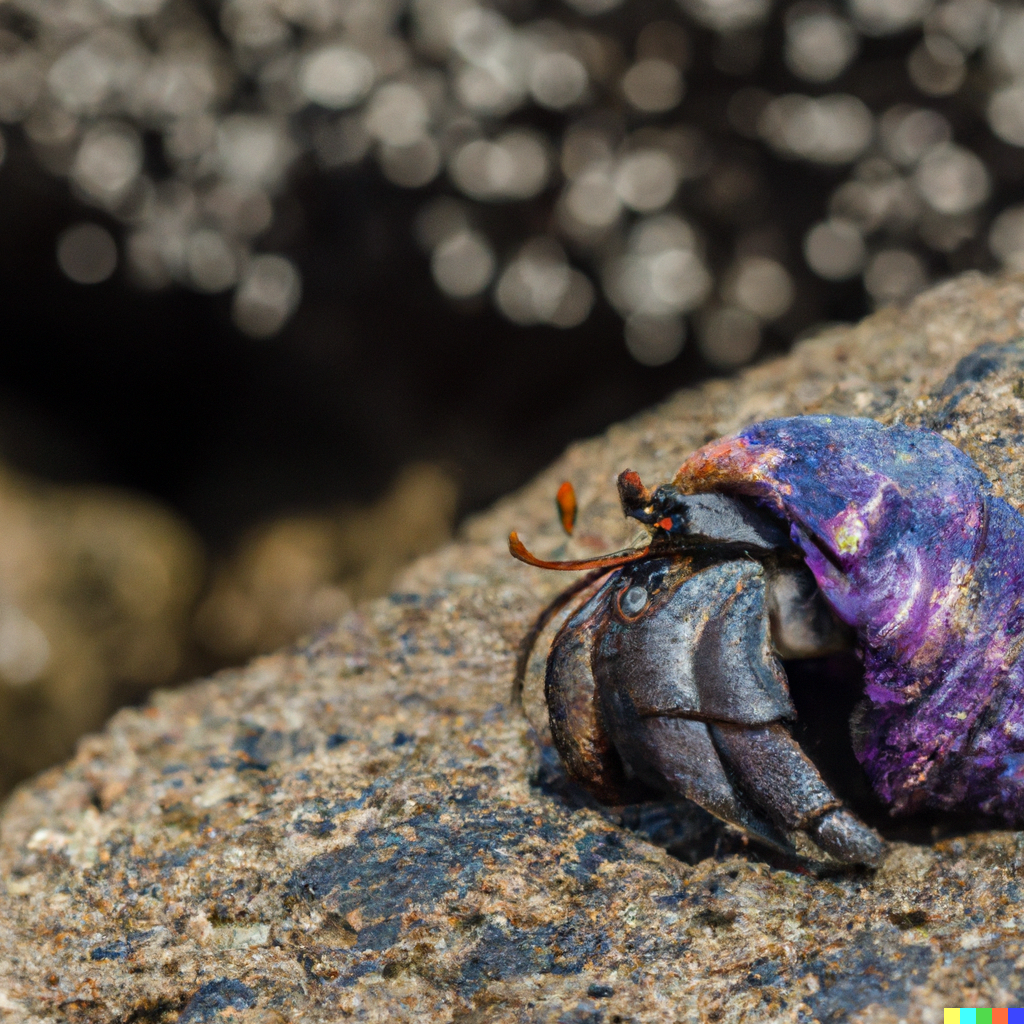
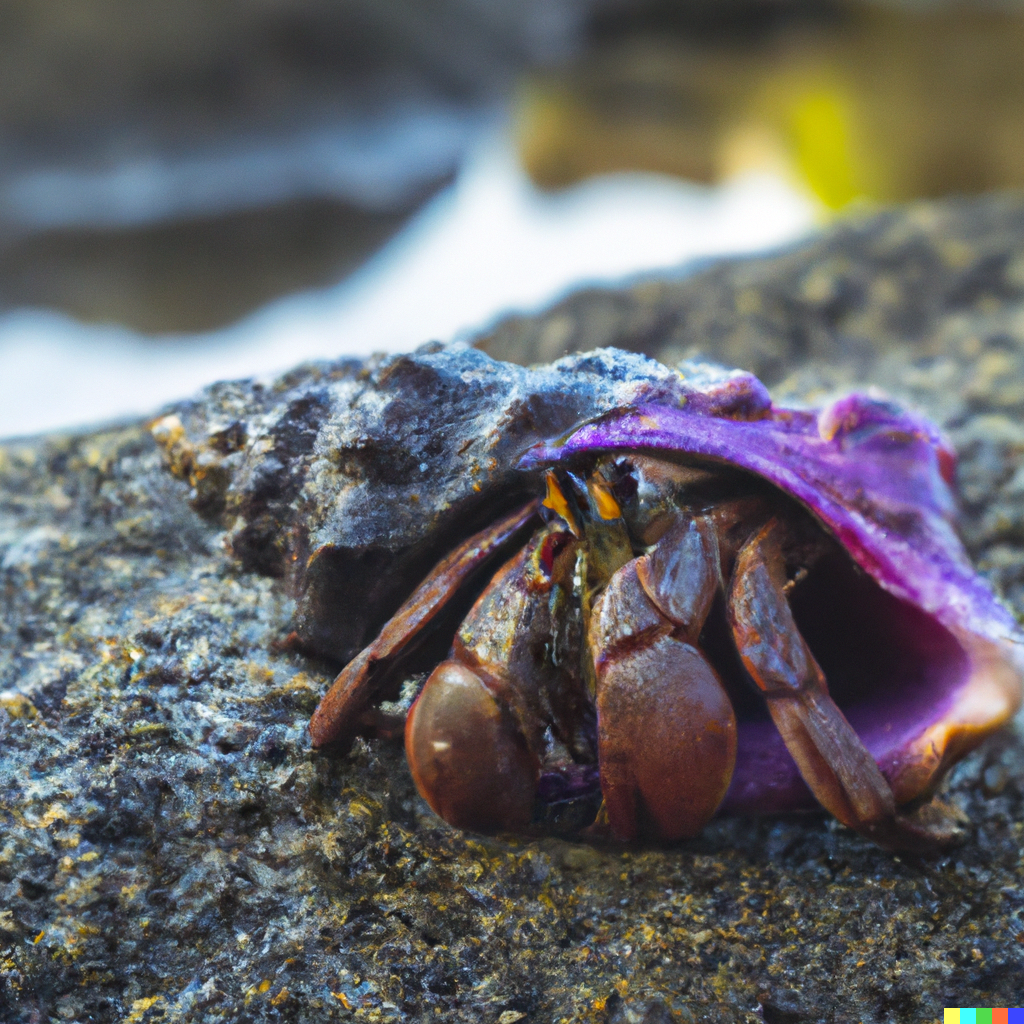



Fads and Fiction in Veterinary Medicine
Sensational claims regarding products, medications, procedures and infectious diseases have sold a lot of services, products, medicines and food throughout the years.
We just KNEW: Rottweilers and dobermans are poor at developing immunity to parvovirus. This was known as a published fact in the 90s. Now, it is “known” to be not true. Never even was true. Which is confusing because those of us who were in practice at the time saw that the majority of dogs with Parvo coming to our office were in fact Rottweilers.
We KNEW: For the past 40 years, feeding the lots of protein into dogs with kidney impairment was worsening their condition. Now, we know that that University-Sworn-well-researched FACT was just a myth.
You can feed a kidney failure dog all the protein it wants and there’s no problem. Do you know who said that? Doctors Foster and Smith, citing a piece of research from 1990 which was almost 30 years ago.
Shite We Endorsed, or, Worried Excessively About:
Apoquel The manufacturer sent patients running to the vet for this new miracle drug and the veterinarians responded by selling as much as they could possibly get. And then one by one they started to realize they were selling a cancer-causing drug. But they had initially bought into the hype the company built around this product.
More Shite We Bought Into:
There are ways of doing things that were replaced by legitimately better ways of doing things, for example anterior cruciate ligament surgeries that were done with fishing string because we didn’t have anything better, now they do a completely different sort of surgery.
What I am talking about is the way “everyone is doing it” all of a sudden as a fad that may last summer or two, and then: The profession going back to the tried-and-true old way.
And of course the people jumping on the bandwagon with every three-year immunizations are comfortable with their decision ……until they are going someplace like turkey or Afghanistan where Parvo is extremely common and THEN watch what they do: they don’t put their money where their mouth is, they booster the immunizations contrary to everything they are asserting on Facebook. Their argument would be “just to be on the safe side“ and isn’t that all vaccinations are?
Three-year immunization cycles, leaving animals vulnerable to, and suffering with a resurgence in canine viral parainfluenza for the last 3 to 5 years.
You know what it boils down to for me? I cannot stand to clean up diarrhea and vomit. While all those guys in lab coats and “celebrity-vet-slash-petfood-salesmen” are fighting about this, I am going to immunize my pet the way I have always immunized my pet, because I have never had to clean up vomiting and diarrhea from any preventable diseases except once in a puppy I got that already had parvo.


A dog or cat with a fracture in a leg will not use that leg. Even if you pick up the other leg, it will roll down onto the fractured leg. They will bear no weight on a limb fracture.
But that does not mean if the dog will not bear weight on the leg, that it is fractured. This is too much for some veterinarians to keep in mind. So they need x-rays. Even as the pet is walking around. And they will find nothing because cartilage and tendon lesions do not show up on x-rays but that is never explained to the consumer.
A cat with a fever of any significance will not eat. But that does not mean a cat without a fever will eat. And, it does not mean that a cat that is not eating has a fever.
This is way too much for some veterinarians to keep in mind. So they need bloodwork. (They also need the % commission on that blood work.)
I haven’t seen this in print anywhere in an employees manual, but there is a “breadcrumbs, testing algorithm ‘rhetoric, a party-line“ at work in certain veterinary practices, especially at the franchise or corporate level. And that is the “stock answer“ to any question being asked:
“What’s wrong with my pet?”
“We should be able to answer that question with the results of a few tests.”
[The test results indicate this problem.]
“What’s the prognosis?”
“We should be able to tell with the results of a few tests.”
“What are the chances of my pet survival?”
“We should be able to tell with the results of a few tests.”
“OK so we know it’s un-treatable, is there anything that would buy time?”
“We should be able to tell with the results of a few tests.”
“This looks really hopeless, should I put my pet to sleep?”
“We should be able to tell with the results of a few tests.”
If you get that answer over and over again from a doctor at the franchise, please realize you are feeding a commissions-based machine.
Shareholder businesses are opened exclusively for profit.
Private practices in general, were started by some “sciencey”-kid who got out of Vet school and needed someplace to practice. And maybe they didn’t want to work for somebody else. But then, down the road, corporations noticed that they were making decent money, so they decided to come in and cherry pick the more profitable revenue streams in a private practice, and open businesses based on these services, and exclusively on profit.”
And you might say “well, that’s capitalism.” But it was only ONE federal court Justice, Judge Tilzer, in 1960, who thought that doctors AND (remarkably) NON-doctor Executives within corporations, in fact should be able make decisions in your healthcare based principally on profit. Nobody else thought that, prior to Judge Tilzer.
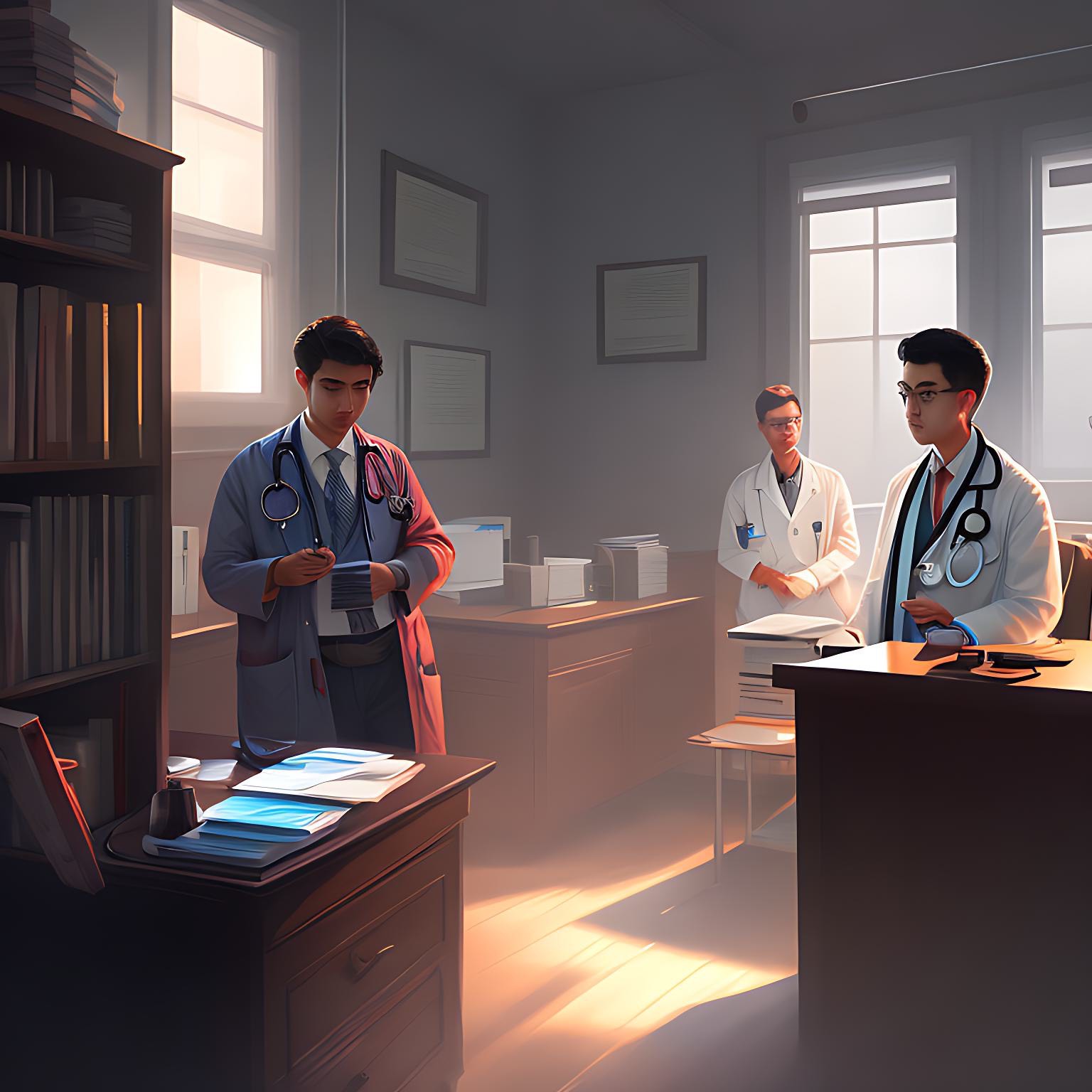
“What should we do? I think either way we are likely to compromise the patient.“
“It doesn’t really matter what WE think. Some ‘Financial-guy’ is coming down from Corporate to tell us what to do. I’m sure it won’t be in the best interest of the patient.“
I’m going to try to get pictures of the preparation. Yes it’s kind of a project, but you can prepare plenty for the next month or two.
